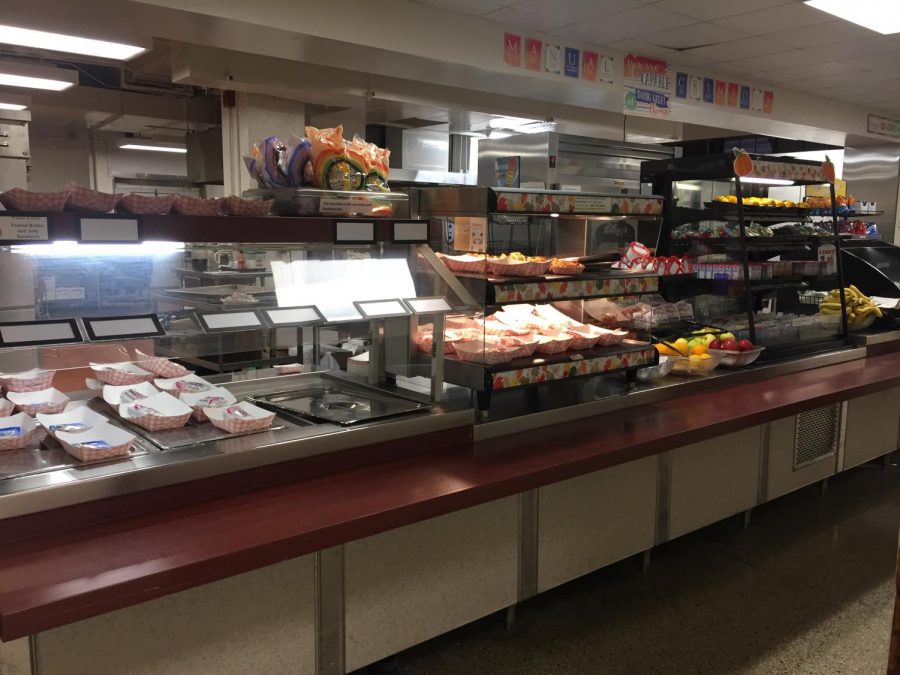Manual’s cafeteria staff works hard to provide nutritious and tasty food options
September 26, 2019
This story was submitted by Whitney Nguyen (10, J&C)
Behind the success of every Manual student is a nutritious meal—one that can be provided by the school’s cafeteria that serves breakfast and lunch daily.
Manual is involved with two national cafeteria programs: the School Breakfast Program (SBP) and the National School Lunch Program (NSLP)
According to the School Nutrition Association (SNA), the SBP includes over 90,000 schools providing breakfast to 14.71 million students each school day.
The NSLP consists of nearly 100,000 schools serving lunch to 29.8 million students daily.
Manual is involved with both of these programs, emphasizing the importance of cafeteria within its walls, which is often the main source of food available to some students.
That’s why the cafeteria ensures to not only constantly distribute meals, but to also constantly improve the meals to make sure they’re appetizing and reimbursable.
“We are always trying new items with our SNAC team, Student Nutrition Advisory Council, where we have students taste test new foods and give feedback,” Leanne Buehner, Nutrition Coordinator at Manual, said.
The cafeteria staff works hard to satisfy and please their students’ food palates, while also encouraging them to make healthier food selections.
“Considering that we probably have about 10-15 seconds to spend with [students] daily, we use bright colorful signage and try to vary the colors and textures for [students] to see,” Buehner explained.
While the staff works hard to fulfill the students’ wants, they also have to take into consideration their students’ needs.
“We try very hard to serve the best meals possible, within our limits,” Buehner said. “I know how frustrating it can be to stay within the federal government guidelines for sodium, fat, sugar and calorie requirements that are mandated in our school meals.”
Staying within the guidelines isn’t the only challenge Manual’s cafeteria has to face.
Manual’s student body is very diverse, which means that the cafeteria staff has to also cater to their growing vegan and vegetarian population.
“We offer at least one vegetarian lunch entree daily, but throughout the district, there isn’t as much of an interest as we have here,” Buehner said. “If there isn’t enough interest across the district, the item gets eliminated.”
Buehner has attempted to voice these concerns and even implemented a salad bar for some time.
About two to three years ago, however, the daily amount of students who used the salad bar was less than 25, leaving her unable to “financially justify providing the resources to continue it past a few months.”
Christina Tran (10, VA) is a vegetarian and struggles to find a variety of food options for herself.
“We need more vegetarian options,” Tran said.
Despite these setbacks, the cafeteria staff has improved. Ms. Buehner credits Mr. Farmer, our current principal and former assistant principal, for the success of the cafeteria.
“He taught me so much about managing my staff,” Buehner said. “My staff has been working together for several years now.”
Since Ms. Buehner arrived at the scene, Manual’s cafeteria has drastically improved from a messy kitchen and disoriented staff to a unified team of working ladies who received a 100% on their most recent Health Department inspection.
“There’s just something about fulfilling a basic human need that makes me feel good about myself,” Buehner admitted. “We like the students, each other and the challenge to feed all of [the students] in five 20-minute lunch periods.”









